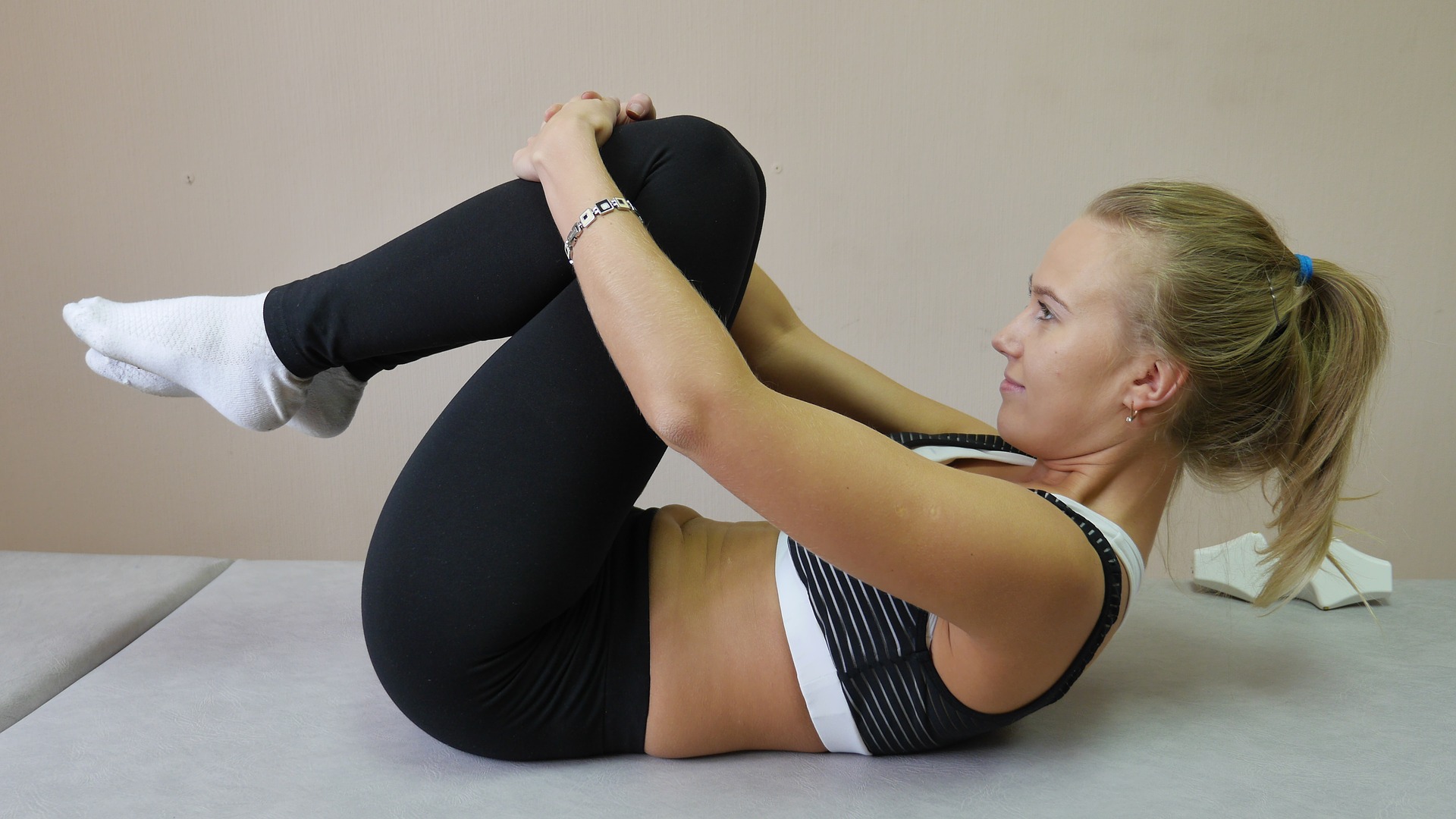
The thing about posture is that it takes effort.
No one has good posture accidentally. Naturally, we will all default to hanging “passively” on our joints and ligaments, and this has a strong propensity to lead to pain and discomfort. This also tends to degenerate joints faster, leading to arthritis.
Motivation to improve our posture often doesn’t start until we’re already in pain from “hanging” in poor posture. So then we try to “straighten up”, but it tends to be too late and we don’t really get relief from adopting a better position. It’s easy to conclude that good posture is not helpful. The secret is to adopt a good posture before the onset of pain.
We have a category of muscles called postural muscles that are designed to be able to remain active and contracted for long periods without really getting tired. These tend to be smaller muscles that most of us have never heard of. Contrast these with a category of muscles called phasic muscles.These are muscles that you’ve heard of like your quads, delts, and glutes – muscles that are more powerful and more designed to move us, but fatigue more quickly.
A few quick cues:
- Stand and walk with your feet pointed straight forward.
- With your arms at your side, your thumbs should point nearly forward, not the back of your hands.
- Your ears should be nearly over your shoulders, not over your big toes
Good posture is more about habit than endurance. With a little bit of effort, you can condition your postural muscles to where it seems nearly effortless to maintain good posture.
Many people find that getting some initial spinal manipulation and soft-tissue manual therapy makes this process quicker and easier.

